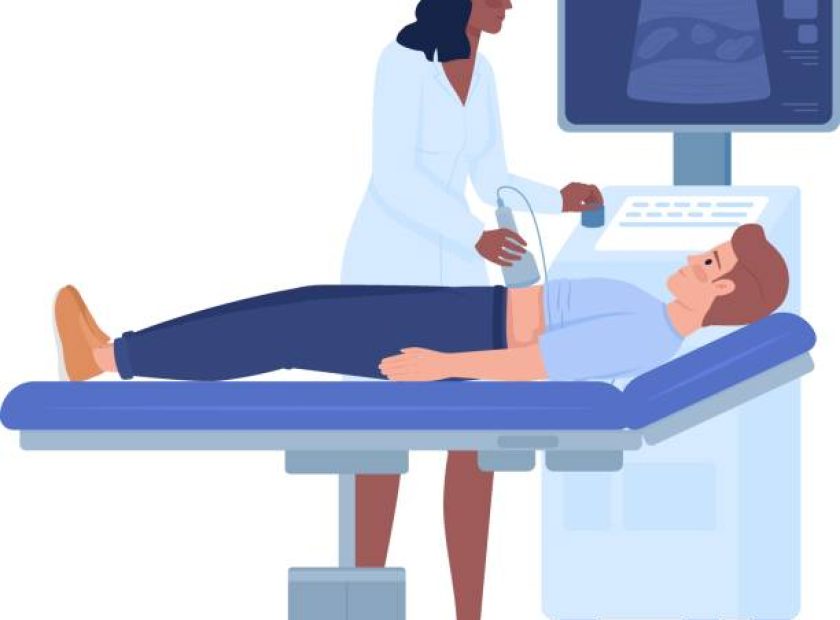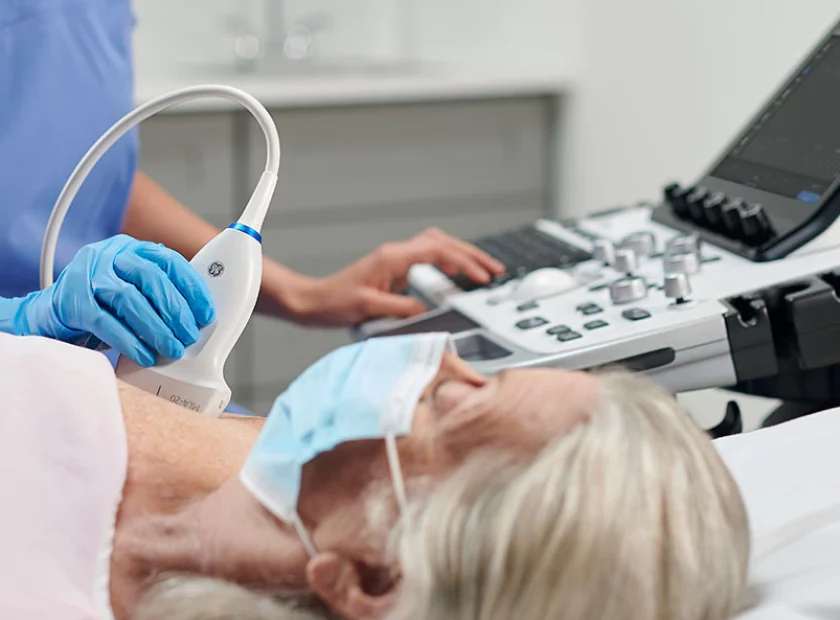Ovarian Cancer Awareness
Ovarian Cancer Awareness Month is in March. The purpose of this month is to raise awareness about ovarian cancer, promote early detection, and support those who have been affected by the disease.
Ovarian cancer is a group of different cancers that originates in the ovaries. Ovaries are two in number and part of female reproductive organs which produce eggs. Ovarian cancer in its early stages has no particular signs and it can be difficult to detect in its early stages, therefore it is why raising awareness about the symptoms and risk factors is so important.
During Ovarian Cancer Awareness Month, people are encouraged to learn about the symptoms and the risk factors of ovarian cancer.
In addition to raising awareness, Ovarian Cancer Awareness Month is also a time to support those who have been affected by the disease. This may involve participating in fundraising events, donating to ovarian cancer research organizations, or simply offering emotional support to loved ones who have been impacted by the disease.
Overall, Ovarian Cancer Awareness Month is an important opportunity to educate people about the risks and symptoms of ovarian cancer and to advocate for increased research and funding to improve early detection and treatment options for those affected by the disease.
Signs of ovarian cancer
Ovarian cancer may not cause any specific symptoms in the early stages. However, as cancer grows or spreads, it can cause a range of symptoms. Here are some common signs and symptoms of ovarian cancer:
- Abdominal or pelvic pain.
- Bloating or feeling full quickly.
- Changes in bowel habits: Constipation or diarrhea.
- Frequent urination.
- Loss of appetite and weight.
- Fatigue.
- Abnormal vaginal bleeding.
It’s important to note that these symptoms can be caused by many conditions other than ovarian cancer. However, if you experience any of these symptoms for an extended period of time, or if they are accompanied by other signs, you should see a doctor for further evaluation. Early detection is key to the successful treatment of ovarian cancer.
Factors that can increase the risk of ovarian cancer
There are several factors that can increase a woman’s risk of developing ovarian cancer. Some of the most common risk factors include:
- Age: The risk of developing ovarian cancer increases as a woman gets older. Most cases of ovarian cancer occur in women over the age of 50.
- Family history: Women with a family history of ovarian cancer are at an increased risk of developing the disease. This risk is higher if a first-degree relative, such as a mother, sister, or daughter, has been diagnosed with ovarian cancer.
- Inherited genetic mutations: Some inherited genetic mutations, such as those in the BRCA1 and BRCA2 genes, can increase a woman’s risk of developing ovarian cancer.
- Reproductive history: Women who have never been pregnant or who had their first pregnancy after age 35 are at a slightly higher risk of ovarian cancer. Women who have had multiple pregnancies and/or used birth control pills for an extended period of time are at a lower risk.
- Hormone replacement therapy (HRT): Some studies suggest that long-term use of HRT, particularly estrogen-only HRT, may increase a woman’s risk of developing ovarian cancer.
- Endometriosis: Women with endometriosis, a condition in which tissue that normally lines the inside of the uterus grows outside of it, are at an increased risk of developing ovarian cancer.
It’s important to note that having one or more of these risk factors does not mean that a woman will develop ovarian cancer. However, if you have one or more of the above risk factors, you should discuss your risk and appropriate screening options with your doctor.
Detecting ovarian cancer
Ultrasound can help detect ovarian cancer. Transvaginal ultrasound is one of the primary imaging tests used to diagnose ovarian cancer. It uses high-frequency sound waves to create images of the ovaries and surrounding tissues.
During a transvaginal ultrasound, a small wandlike instrument or probe is inserted into the vagina, which allows for a closer view of the ovaries and surrounding structures. The procedure is painless and takes only a few minutes to complete.
Transvaginal ultrasound can help detect ovarian tumors or masses, as well as changes in the size or shape of the ovaries, which might indicate the presence of cancer. If a tumor is detected, the ultrasound can also help determine its size, location, and whether it is a solid or fluid-filled, cystic.
However, it’s important to note that transvaginal ultrasound is not a definitive test for diagnosing ovarian cancer. If an abnormality is detected on the ultrasound, further testing, such as a blood test or biopsy, may be needed to confirm whether the mass is cancerous.
You can book your pelvic scan (two parts: transabdominal and transvaginal examination) with London Private Ultrasound Clinic located on Welbeck Street. Our medical ultrasound specialists are fully qualified with more than 10 years of experience. We offer same-day appointments with evening and weekend availability. You can book your appointment very easily either through our website or through a phone call on 020 7101 3377.




